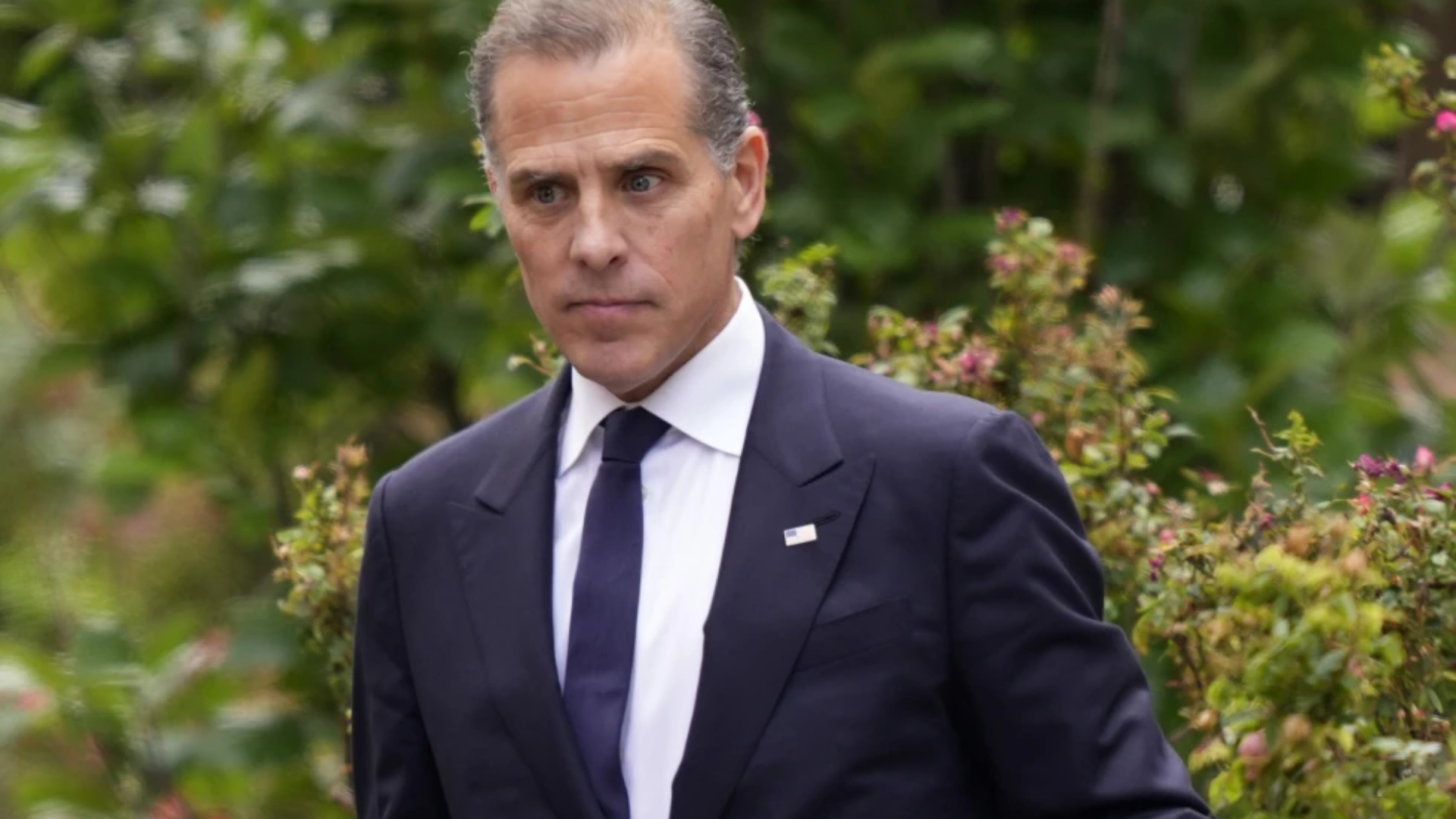WASHINGTON — The U.S. military has increased health protection requirements in at least 21 bases in recent weeks, particularly across Texas and Florida, as the COVID-19 rate continues to spike among service members, more than doubling in the last month.
The escalating numbers mirror the increase in coronavirus cases in the general public across the country, where more than 4 million people have contracted the virus, and more than 144,000 have died. The military, however, still has a dramatically low death rate, losing three service members — including just one active-duty — out of nearly 23,000 virus cases so far.
The moves to higher alert levels at the defense installations are somewhat limited because the military as a whole has been much slower to loosen pandemic restrictions than cities and states around the country, particularly sections of the South and West facing record infection levels.
That more cautious approach has endured despite President Donald Trump repeatedly urging businesses to reopen and the country to get back to normal to ease economic woes. Trump has also pressed for schools to go back to in-person classes in the fall, threatening to link federal funding to reopenings. That plan has little support in Congress, and has been widely opposed by parents and teachers.
“I find that each base does things a little bit different, and they’ve adapted very carefully,” Defense Secretary Mark Esper said when he traveled to Whiteman Air Force Base in Missouri this week. The base is home to the B-2 bomber fleet, and Esper’s trip was part of an effort to check on how the military’s strategic nuclear forces are coping with the pandemic.
Defense leaders say the recent spike has not affected the military’s ability to train or respond when needed. It will, however, affect decisions on whether Defense Department schools will have in-person classes or not. Jonathan Hoffman, the Pentagon’s chief spokesman, told reporters this week that bases at the most restrictive levels will likely have virtual learning.
According to data obtained by The Associated Press, more than 45% of the Army, Navy, Air Force and Marine Corps installations around the globe are currently at what is called “health condition Charlie,” which involves “substantial risk” of “sustained community transmission” of the virus. A significant number of those bases are spread across the South and West and have stayed at or gone back to level C. That’s one step below the most restrictive level, on a scale that goes from Zero to Level D — Severe.
Under level C, base access and travel is significantly restricted, in-person gatherings such as school and other activities are likely cancelled, and more people must work from home. Service members are told to prepare for “limited access” to supplies and services. Under level B, social distancing and other health procedures are still recommended, but more movement, travel and in-person gatherings are allowed. Service members are told to avoid “unnecessary travel,” particularly to virus hot zones.
Nearly all the rest of the bases are at level B, which is moderate risk, and a small number of very remote bases, such as Air Force installations in Norway and Greenland, are at level A-plus.
“We’ve seen some places that initially went to green that have gone back up in some of these states where we’ve seen a dramatic rise in the number of COVID infections,” said Hoffman.
The Air Force has had the most installations — 14 — that reduced restrictions this spring only to have to revert back to a higher protection level in recent weeks due to the surge in cases. The Navy went back to level C at four locations this month, while the Army and Marine Corps each has had only had one base increase restrictions after having loosened them earlier in the year. One joint Navy/Air Force base in New Orleans also reduced restrictions.
The military has relied largely on its local commanders to make decisions about their base restrictions. For example, Army, Navy and Marine commanders had loosened restrictions at those bases in Japan, but reversed those decisions this month.
Capt. Monica Witt, a Marine spokeswoman, said that following local outbreaks, all Marine forces in Okinawa were barred from going off base. She said access to base facilities, such as fitness areas, was also limited.
In order to relax restrictions and go to a lower level, bases must see a downward trend in coronavirus cases over a 14-day period in the area and confirm that there is sufficient hospital space and access to medical care.
Military cases of COVID-19 increased steadily through the spring, but began to escalate more sharply in June, jumping by about 3,000 or more a week. Some of that may be due to increased testing, but military leaders also noted spikes in areas where the surrounding communities had begun to open up.
The Navy was most dramatically affected by the virus when a massive outbreak on the aircraft carrier USS Theodore Roosevelt grounded the ship in Guam and kept it out of service in the Pacific — a top national security priority — for about 10 weeks. Lately, however, the Air Force has seen the largest jump in cases, more than tripling the number from less than 1,000 a month ago to more than 3,500 this week.
The Army, the largest service, more than doubled its numbers, from less than 3,000 to nearly 7,500. And the Marine Corps saw a similar jump from less than 1,000 to 2,600. The Navy went from a bit more than 3,000 to nearly 5,800 over the same time period.
“Commanders are ensuring our formations, including equipment, stay ready in this time of crisis” while adhering to CDC and Defense Department guidelines, said Terry Mann, an Army spokesman. The guidelines include mask-wearing, social distancing and controlling the number of people in enclosed areas.
Copyright 2020 The Associated Press. All Rights Reserved. This material may not be published, broadcast, rewritten, or redistributed. Photo: AP






















